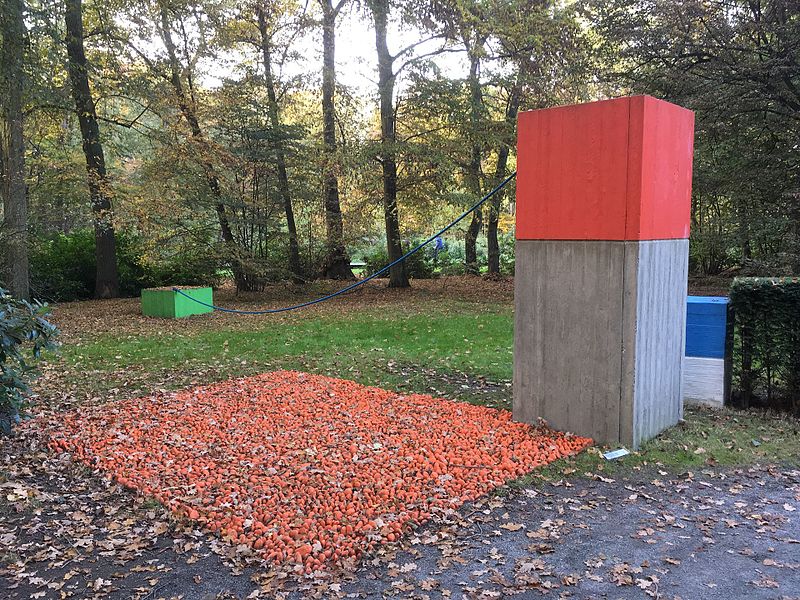Holistic perspectives
– Art helps us become one in ourselves. It helps us connect to our own minds and venture onto subject that create a positive atmosphere. Art helps students question themselves and how they are becoming into a better person every day. I will use this in my practice as a teacher to remind myself that students do need to connect with their mind, busy and spirit through each subject to fully grasp the meaning of learning.
Legislation
– This section spoke about how art is made too serious in elementary school and should be recognized more as a passion instead of an assignment. As well, teachers should give an amount of freedom to the students. For instance, not have everything cookie cut for them, but instead let them roam free and become true artists.
Organization
– Always consider health and safety within your classroom in the case of an accident happening. Therefore, if the classroom is organized the teacher and students will be able to find the first aid kit and help those in need. Having an organized classroom will also have the students become more independent due to them knowing where most of the objects or materials are.
Equipment safety
– Have safety guidelines within your classroom. For instance, do not take your classroom for granted, because anything can happen at any time. Be sure to protect your students by wearing appropriate clothing to specific activities and by double checking equipment to insure it is in a good working status.
Safe materials
– It is important to keep material in class that are safe and appropriate to be used by students. For instance, if we are using glue guns we should have a designated area to place them where students will use cautiousness.
I will take these all into mind when becoming a new teacher because it is extremely important to have all of these in the classroom. Safety is very important in the classroom, therefore when handling art supplies, students should be kept independent but aware of their surroundings.



